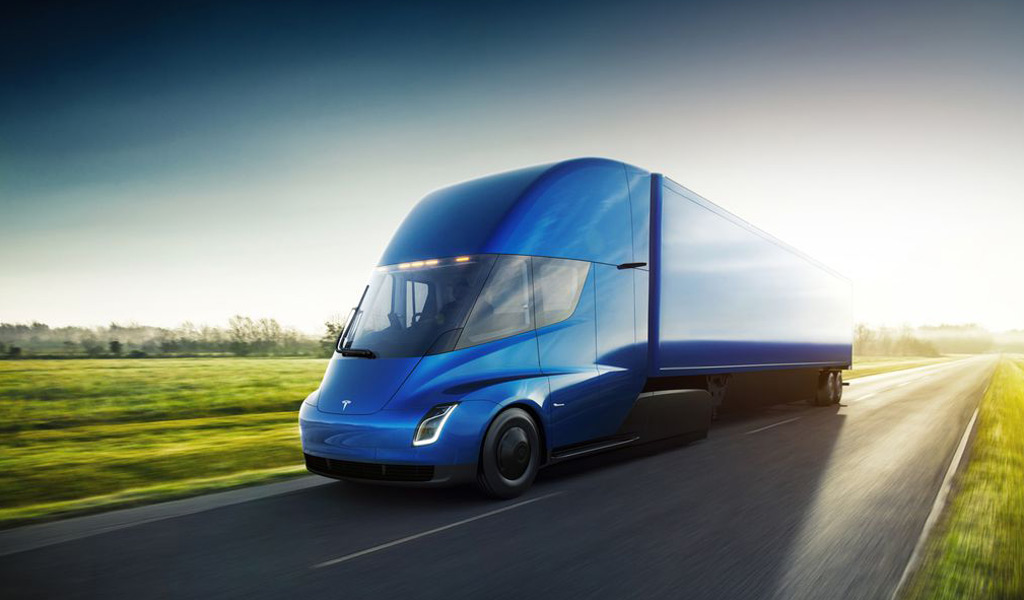The future of long-haul trucking fuels may still be up for debate, but finding more efficient ways to move convoys of trucks long distances is a critical component of improving commercial sustainability. To that end, multiple truck, trucking, and logistics companies are exploring platooning—running vehicles close together in a sort of road-bound train—to reduce aerodynamic profiles and improve shipping efficiency.
Hyundai's commercial vehicle division has been in the news lately for throwing its hat in the fuel cell vehicle ring. Alongside American heavy-duty juggernaut Cummins, Hyundai is pushing hard to explore the next generation of long-haul trucking, and platooning may be a critical step toward improving efficiency, no matter what sort of fuel ends up powering future commercial fleets.
"We are confident that our industry leading autonomous driving technology in commercial vehicles showcased in this platooning truck demonstration will lead into a revolutionary paradigm shift in the freight and logistics industry," said Hyundai commercial vehicle electronics boss Jihan Ryu. "We will strive to create constructive synergy by sharing our knowhow and experiences of developing autonomous driving technology between commercial vehicle and passenger vehicle sectors to expedite level-5 autonomous driving technology."
Fundamentally, platooning takes advantage of a concept that is no different from drafting or slipstreaming in motorsports. By running close together, vehicles stay in "clean" air, reducing the impact of turbulence on drag and improving the aerodynamic characteristics of the entire group. Hyundai's new technology allows trucks to electronically tether together in order to run in tight packs without endangering each other—or other motorists.
Hyundai's vehicle-to-vehicle communication system allows trucks to maintain an optimized following distance (16.7 meters with the trucks used in this trial). Platooning mode syncs up the trucks' acceleration and braking, and activates lane keeping assist to reduce fatigue. When a vehicle cuts into the group, the following distance is increased to 25 meters to reduce the risks of a rear-end collision.

Tesla Semi
Tesla's battery-electric semi is theoretically capable of platooning, and the company's testing agreements with local governments are thought to include provisions for evaluating the effectiveness of self-driving technology, which would be most efficiently utilized for platooning in a semi application.












